Muharram is a month of remembrance. It is to honor Imam Hussein – the third Shia Imam – and his followers, who sacrificed all and everything possible for the sake of Islam, to show that right is might, how the blood of the innocent can win over the sword of tyrants, and how to achieve victory despite being oppressed.
Shia Muslims believe that even though the great Imam was killed in a battle in the plains of the holy Iraqi city of Karbala, his message was heard loud and clear by the people of his own time, those who followed and will follow until eternity.
From the first night of Muharram, Shia Muslims begin mourning and continue for ten nights, climaxing on the Day of Ashura. The last few days up until and including the Day of Ashura are the most important because these were the days during which Imam Hussein and his family and followers (including women, children and elderly people) were deprived of water for several days and on the 10th, Imam Hussain and 72 of his followers were martyred by the army of Yazid I at the Battle of Karbala. The surviving members of Imam Hussein’s companions were taken captive, marched to Damascus, and imprisoned there.
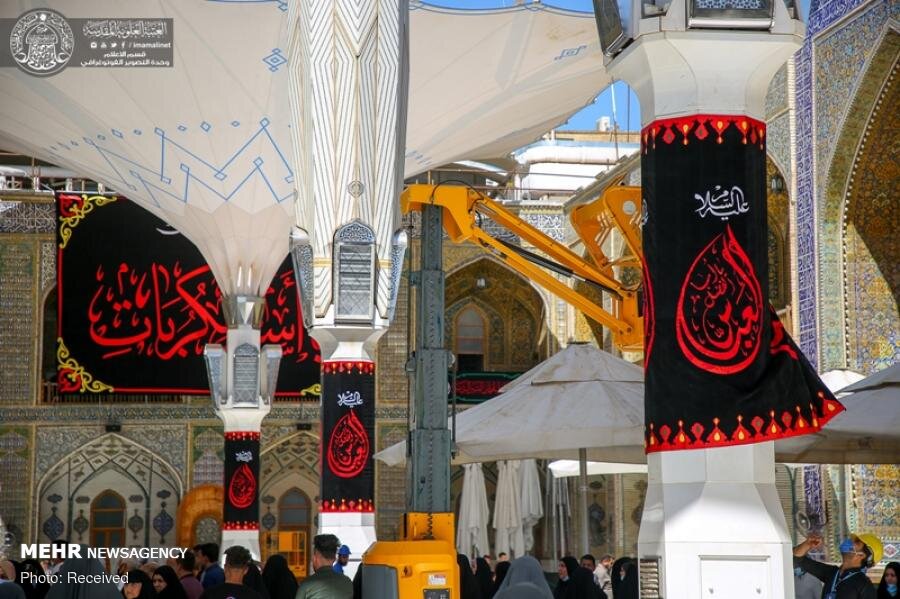
Ashura as the symbol of truth, dignity, honesty, selflessness and human integrity is not limited only to Muslims. Rather, it is respected and commemorated by followers of other religions and faiths in and outside Iran.
Ashura symbolizes the battle between the good and the evil, the virtue and vice. The tragedy is marked, among other things, to persistently convey the message that being outnumbered does not count when it comes to right against wrong.
Muharram in Iran
During the month (started on August 21 this year), especially on the Day of Ashura, people in Iran show their sorrow by wearing mourning attire, all in black. The streets too are shrouded with black flags and banners to reflect the grief.
Shia Muslims in Iran observe several important rituals during the mourning month.
Ashura can be one of the most overcrowded days in Iran. People converge on the streets and march in long processions, beating their chest in mourning to the tune of beating drums, while holding banners and carrying replicas of the mausoleum of Imam Hussein (PBUH).

During Ashura, and its preceding day, Tasua, booths are set up on most streets, offering sweet drinks to passers for free. Households prepare food, known as Nazri, for others as a way of almsgiving. The preparation and the partaking of this food are considered a privilege by believers, who say no one must go hungry or thirsty on this day, the saddest in the Islamic calendar.
During the first ten days of the month, people form assemblies and listen to the orators reciting ritualized accounts of the Battle of Karbala.
Ta’ziyeh, a kind of street theater in a costume inspired by historical and religious events which happened in Karbala battle, is the other ritual also held on the occasion.
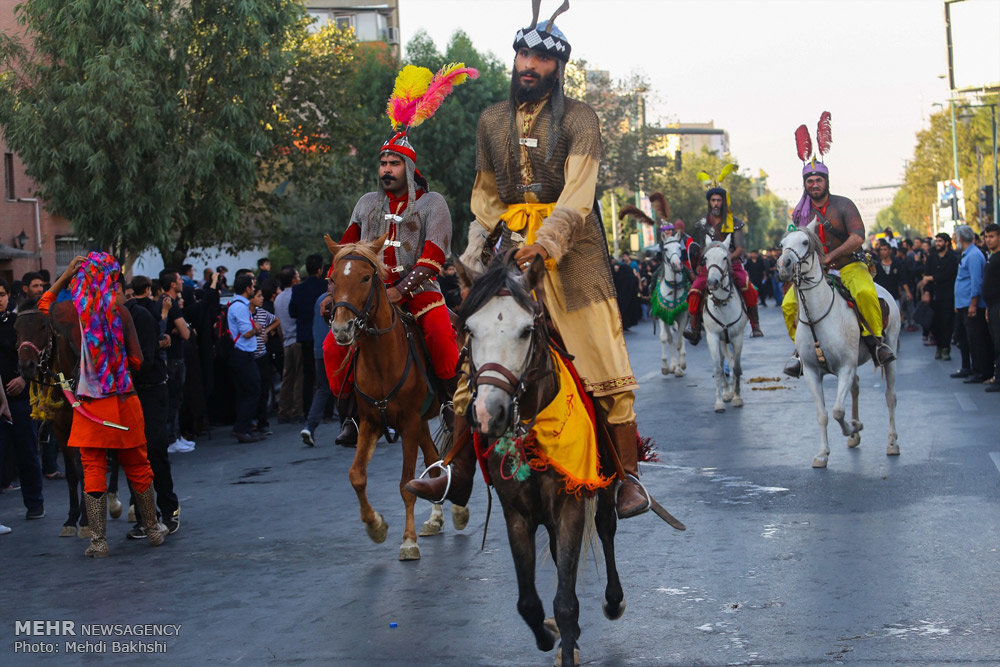
Nakhl Gardani -- carrying a majestic wooden Nakhl (palm tree)– is another ceremony which is a symbol of Imam Hussein’s coffin on the shoulders of mourners.

Apart from mosques, local establishments (called Tekiyeh, meaning backup or reliable in Arabic) are also set up by the public for the mourning ceremonies.
Tekiyeh was historically a staying place for visiting pilgrims who lived their lives during their pilgrimage through receiving donations from benefactors. Today, however, Tekiye is only formed for Ashura mourning.
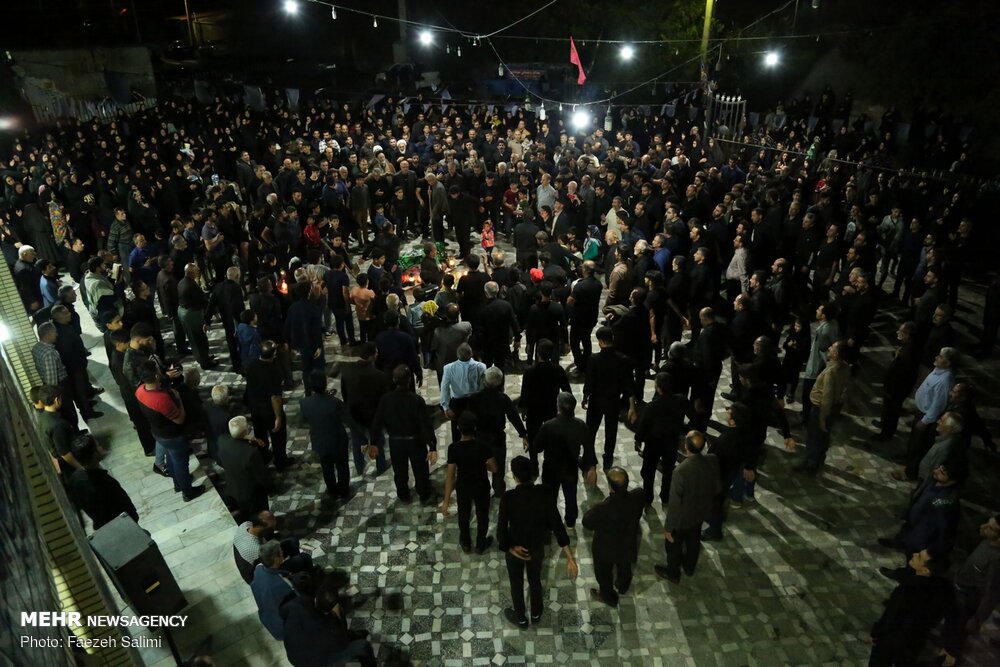
Traveling from north to south of Iran in Muharram, various forms of rituals can be seen.
Over the past few years, Yazd, Meybod, Isfahan and Kashan were among the cities hosting the highest numbers of foreign tourists on Tasua and Ashura.
Last year, the cities hosted people from France, Germany, Belgium, China, Turkey, Russia, the Netherlands, Brazil, Switzerland, Italy, New Zealand, Spain, the UK, the Czech Republic, Hungary, Slovenia, Japan, Taiwan, Hong Kong, Romania, Australia and Thailand.
COVID-19 affecting this year’s mourning
This year’s mourning ceremonies, however, have been affected by the coronavirus pandemic that has been sweeping across all world countries.
Iran’s Council of Iranian Religious Congregations has urged the general public to follow the guidelines of the National Task Force for Fighting Coronavirus in holding mourning ceremonies during Muharram.
The council has announced all religious ceremonies and gatherings should meet the criteria outlined by the experts at the task force.
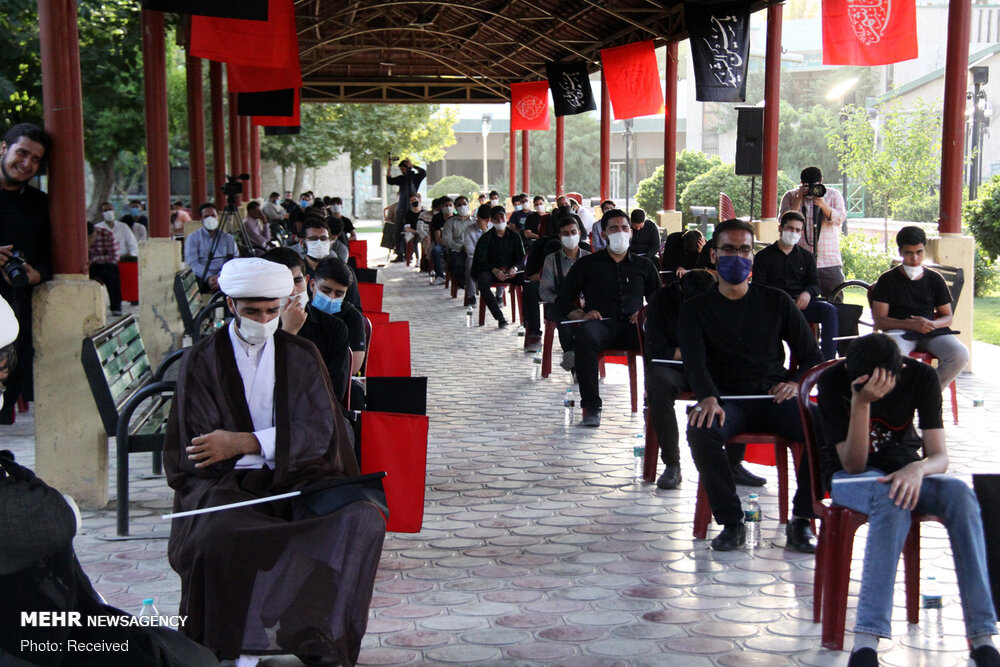
The statement comes after the Leader of the Islamic Revolution Ayatollah Seyyed Ali Khamenei urged people to observe health protocols during the Muharram mourning ceremonies.
“What is announced by the National Task Force for Fighting Coronavirus must be followed during mourning. I will respect what they announce as necessary. I advise all the mourners, mourning gatherings and eulogists to respect guidelines of the National Task Force for Fighting Coronavirus, otherwise, there will be a big disaster,” the Leader asserted.
Strict regulations in Iraq
Considering the critical situation caused by the coronavirus in Iraq, the country has set up preventive measures for the mourning month of Muharram.
No Iraqi or foreign pilgrims can enter the city of Karbala on these days, especially on the 9th and 10th of Muharram which mark Tasua and Ashura.

The city will reportedly be closed until the 13th of Muharram.
Reported by: Morteza Rahmani

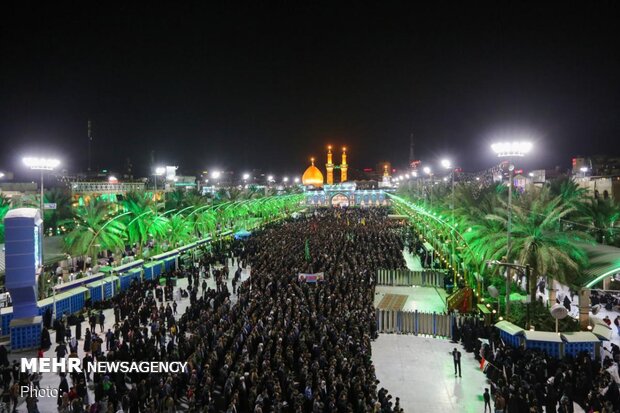
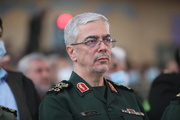
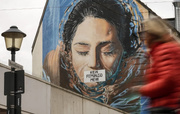



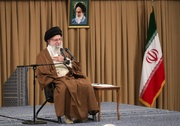

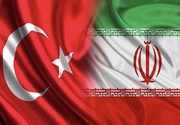
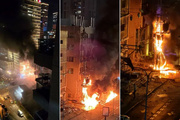






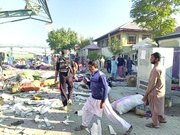


Your Comment